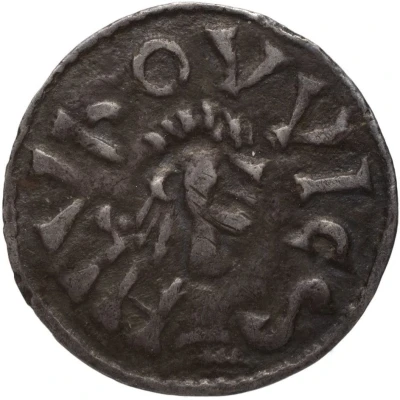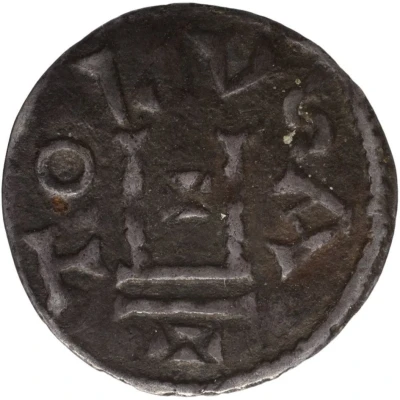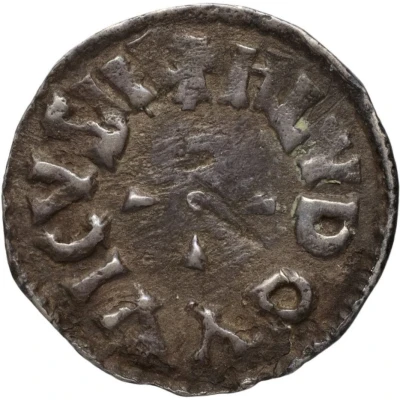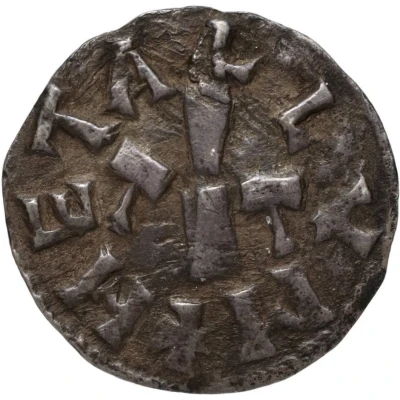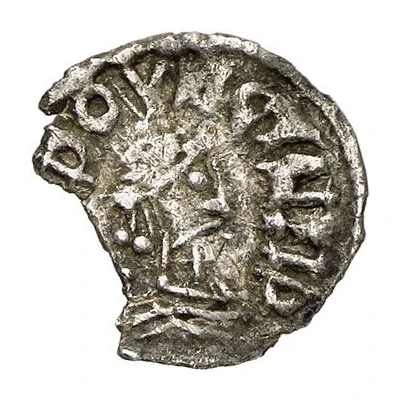
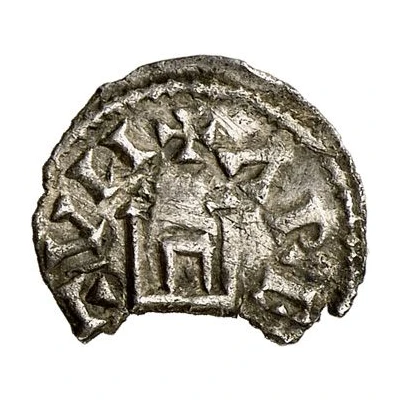

© ogn-numismatique.com
Obol - Louis I Arles mint; City gate
| Silver | 0.70 g | - |
| Issuer | Unified Carolingian Empire |
|---|---|
| Emperor | Louis the Pious (Hludovicus) (814-840) |
| Type | Standard circulation coin |
| Years | 814-818 |
| Value | 1 Obol (1⁄480) |
| Currency | Pound (751-843) |
| Composition | Silver |
| Weight | 0.70 g |
| Shape | Round (irregular) |
| Technique | Hammered |
| Orientation | Variable alignment ↺ |
| Demonetized | Yes |
| Updated | 2024-10-09 |
| Numista | N#346220 |
|---|---|
| Rarity index | 100% |
Reverse
City gate, legend around.
Script: Latin
Lettering: + ARELATVM
Translation: Arles.
Interesting fact
One interesting fact about the Standard circulation coin Obol - Louis I (Arles mint; City gate) (814-818) from Unified Carolingian Empire made of Silver weighing 0.70 g is that it was used as a form of currency during a time of great cultural and economic change in Europe. The Carolingian Empire, which was established by Charlemagne in the 8th century, was a period of significant cultural, religious, and political transformation, and the Obol coin was a symbol of this change. The coin's design, which features an image of Louis I on one side and a city gate on the other, reflects the influence of Christianity and the growing power of urban centers during this time. The use of silver in the coin's minting also speaks to the growing wealth and trade networks of the empire. Overall, the Obol coin is a fascinating artifact that provides insight into the economic, cultural, and political developments of the early Middle Ages.
